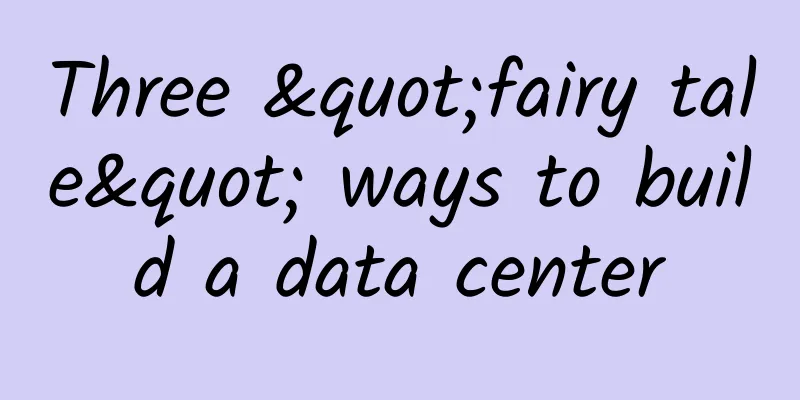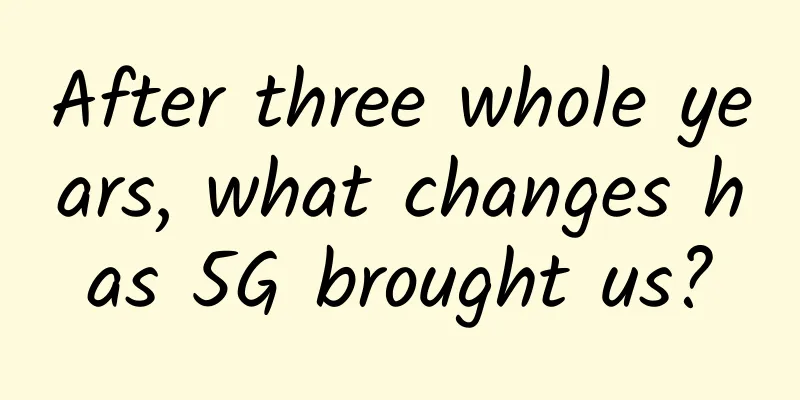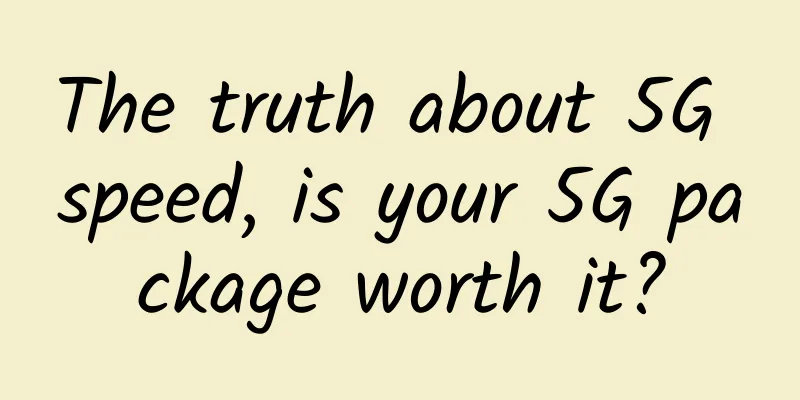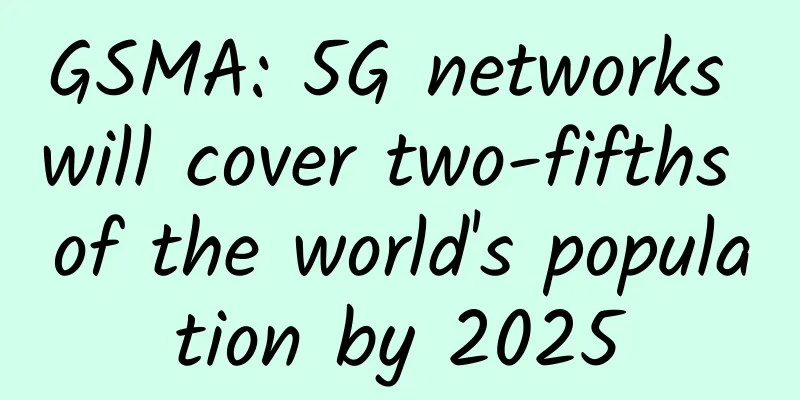Avoiding connection problems: Maximum distances Ethernet cables should not exceed
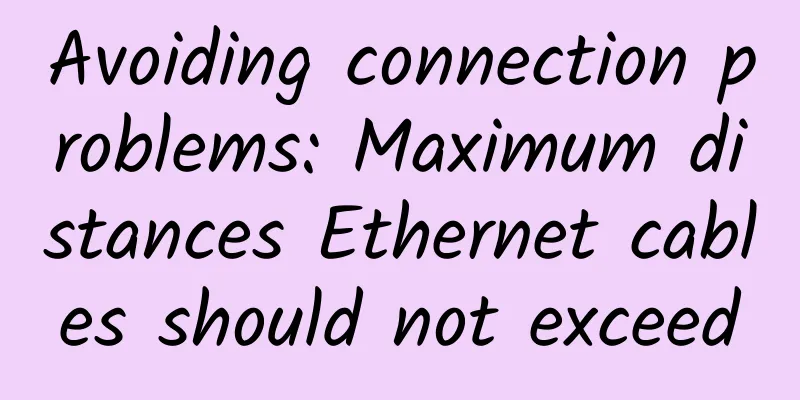
|
Ethernet cables are a common way to connect devices to a network. However, there is a limit to how far they can go before the signal starts to become unstable. When you browse the Internet, it is common to access web pages using the WiFi network provided by your router. However, there is another option, a more reliable connection that guarantees the best performance in terms of speed, but most importantly speed, and it has to do with Ethernet cables. Unlike wireless connections via WiFi, Ethernet cables create a direct physical connection between your device and your router. This means the signal doesn't need to travel through the air, which reduces interference. What happens if I exceed the maximum distance of an Ethernet cable?However, it is worth noting that there is a limit to how far this cable can go before problems start to set in. As the cable gets longer, resistance increases, slowing down the signal and affecting latency and bandwidth. To avoid these inconveniences, wired connections are made via standard twisted pair Ethernet, which is most common in the home environment, with a maximum recommended distance of 100 meters. This guarantees that the signal maintains its quality, but most importantly, sufficient speed. Although this value may vary depending on the type of cable and its category, it is a relevant reference point to consider when planning your network layout. It is important to remember that not all cables are the same as there are three main types of cables: fiber optic, coaxial cable, and twisted pair. Now, to understand their differences, it is worth mentioning that fiber optics are able to cover longer distances than other models, even up to 2,000 meters in some cases. On the other hand, coaxial cables can reach a maximum distance of 500 meters, while twisted pair cables only have a maximum distance of 100 meters. In this sense, it is understandable that you are wondering which Ethernet cable model you should use to avoid connection problems. Most people need to calculate specific distances for cables in their daily lives. That said, according to the official ANSI/TIA/EIA 568-B guidelines, the maximum permissible cable length for twisted pair wired connections is 90 meters, plus an additional 5 meters at each end. If the cable exceeds this length, signal quality may degrade, which may cause latency issues. For this type of connection, distance is important, so keep in mind that the longer the cable, the greater the chance of encountering data transmission problems. Be sure to consider these recommendations when buying Ethernet cables, especially if you need fairly long lengths, but 100 meters is the maximum you'll need at home. In any case, if you are looking for a reliable and high-performance connection, especially over longer distances, fiber optic and coaxial cables are options you should consider. The advantage of both is that they can be extended up to 2 kilometers without compromising signal quality. |
<<: 5G and eSIM drive enterprise IoT growth
Recommend
Kvmla: Hong Kong/Japan/Singapore VPS hosting 20% off from 60 yuan/month, top up 500 yuan and get 100 yuan free, Singapore dedicated server from 350 yuan/month
The old merchant kvmla is currently carrying out ...
Detailed Explanation of IPv6 MSTP
Background of MSTP RSTP is an improvement on STP,...
Ubuntu 18.04 changes the IP address
My memory is getting worse and worse, just record...
WOT Xu Dongchen: JVM-Sandbox Non-intrusive runtime AOP solution based on JVM
[51CTO.com original article] On May 18-19, 2018, ...
The Difference Between a Network Hub and a Network Switch
What is a Network Hub? A hub in a computer networ...
Five IoT business models that will make you profitable
IoT products have the ability to collect data, cr...
How to display IP location across the entire network?
In order to further regulate domestic online publ...
HTTP History - From HTTP/1 to HTTP/3
Birth When talking about http, we must first unde...
Why is CDN designed this way?
Over the past few decades, computer networks have...
The slowdown in 5G construction is not a problem, 5G application is the key
China Mobile said that the bidding in July has be...
Google Fiber: 5 Gbps and 8 Gbps services coming early next year
Google Fiber will launch symmetrical 5Gbps and 8G...
Large-scale commercial use is imminent! What will be the future development of 5G messaging?
At present, more than 100 operators around the wo...
DogYun May Day discount: 100 yuan/month discount for independent servers, 30% discount for dynamic cloud, 20% discount for classic cloud, top up 100 yuan and get 10 yuan free
DogYun has launched a promotion during the May Da...
This article tells you how to realize the IP territorial function. Have you learned it?
In web development and network applications, impl...

